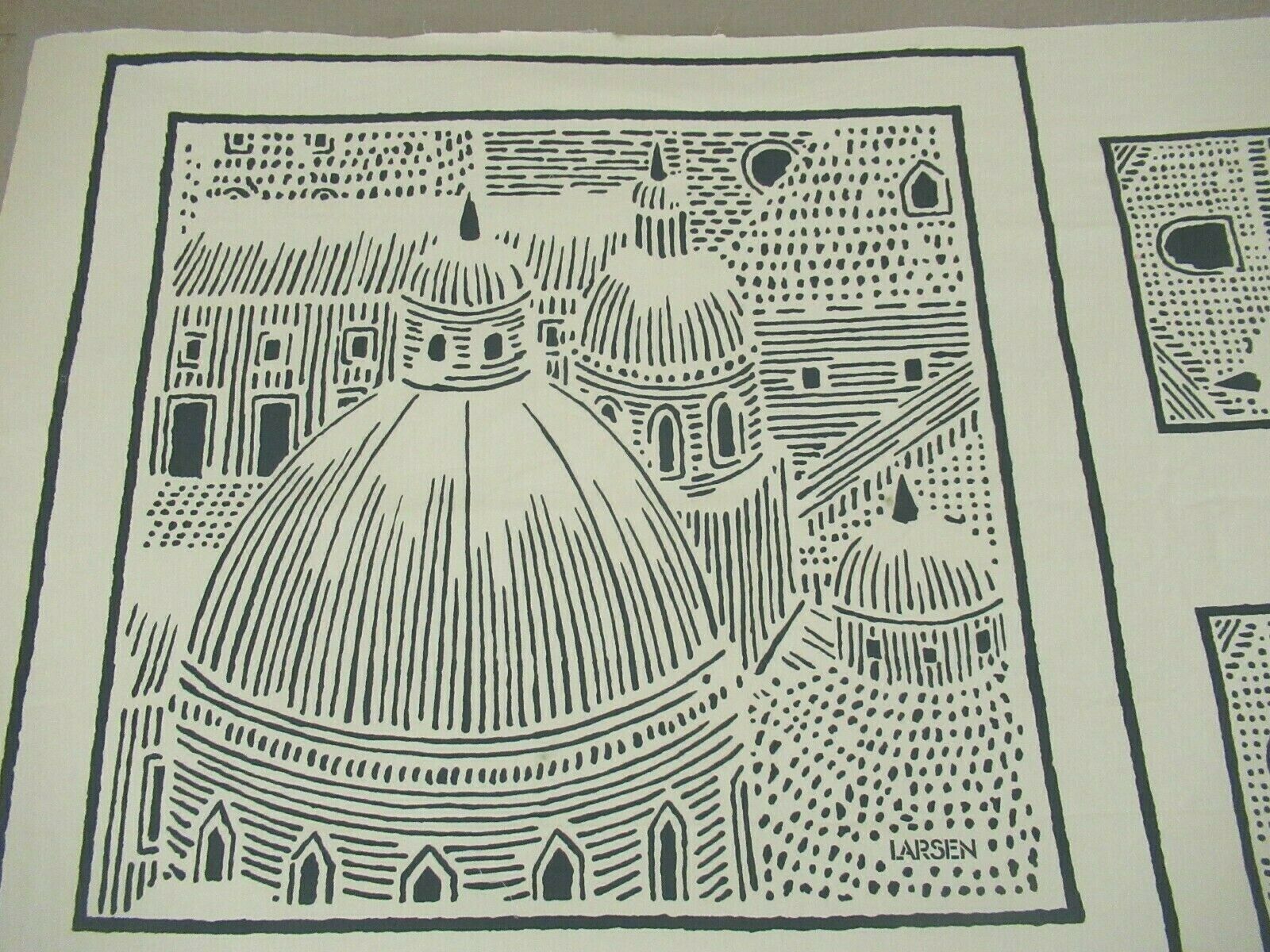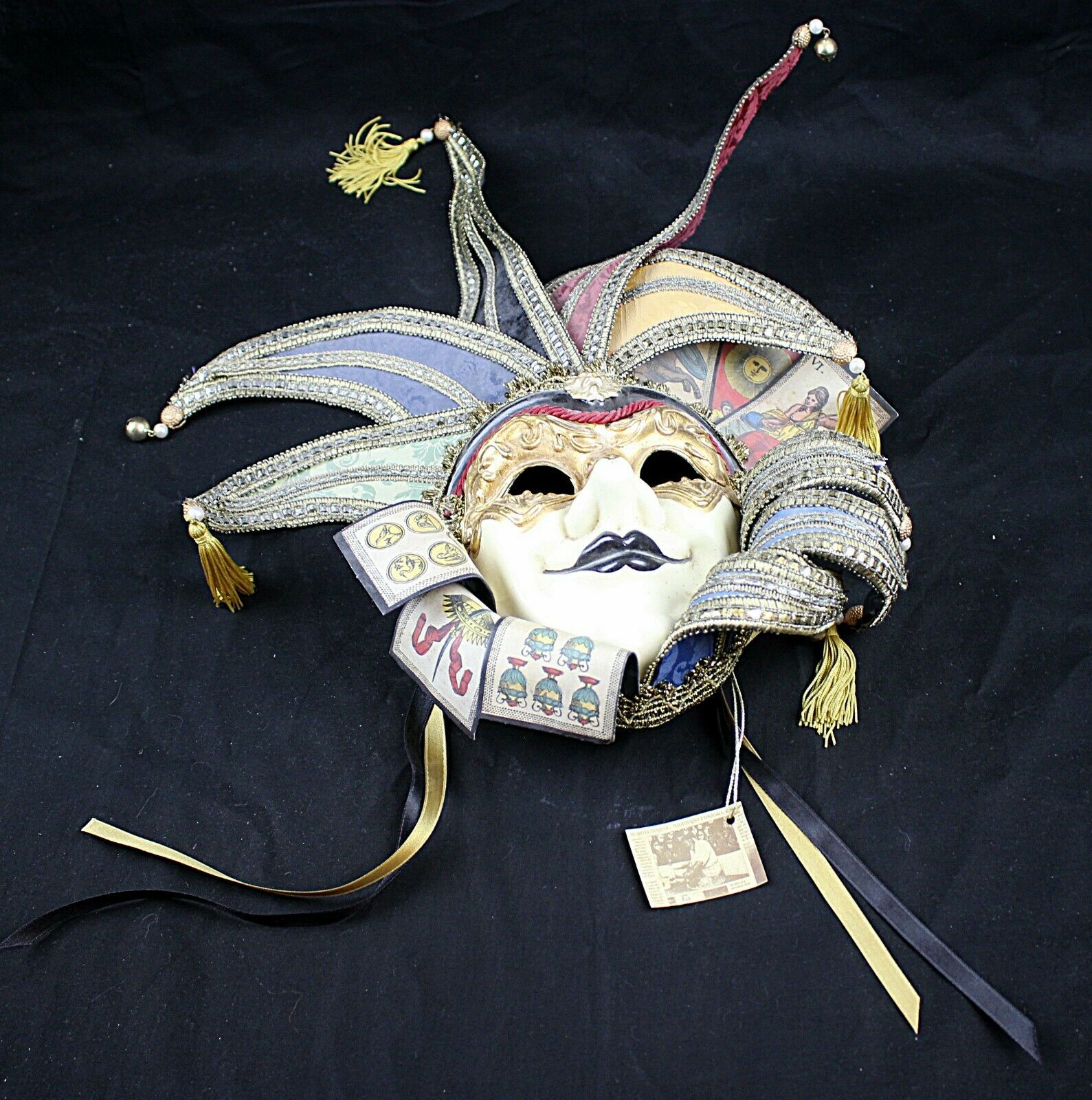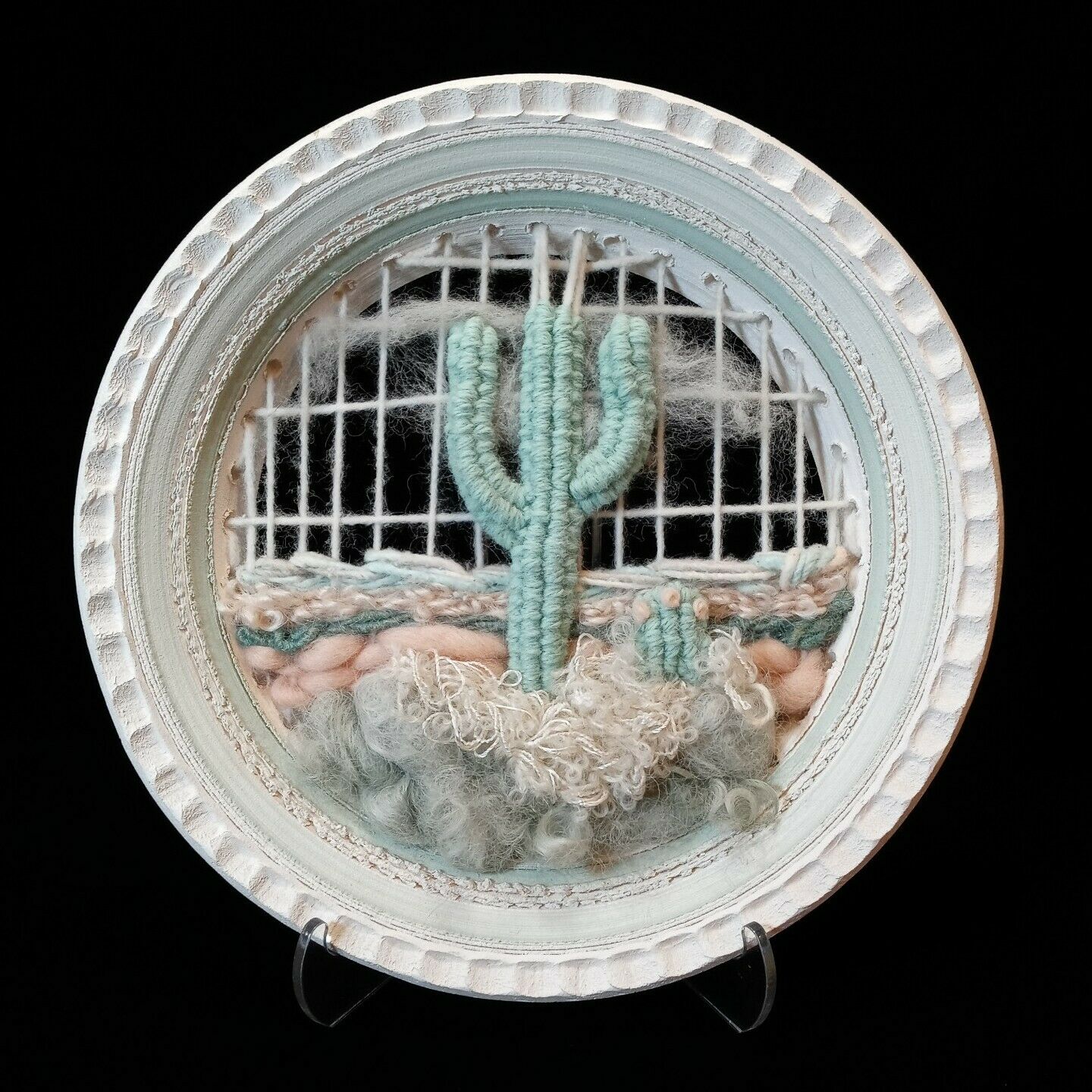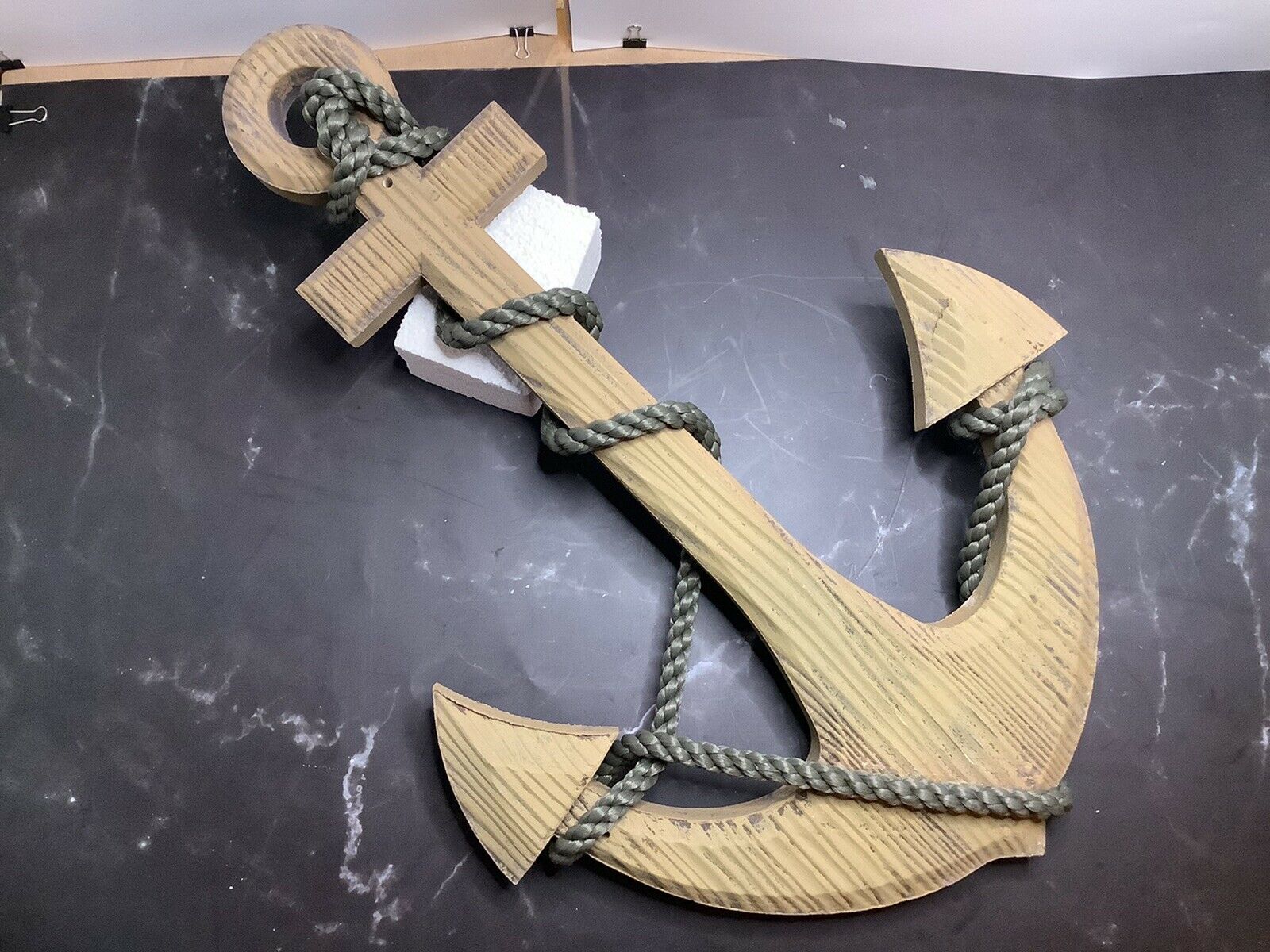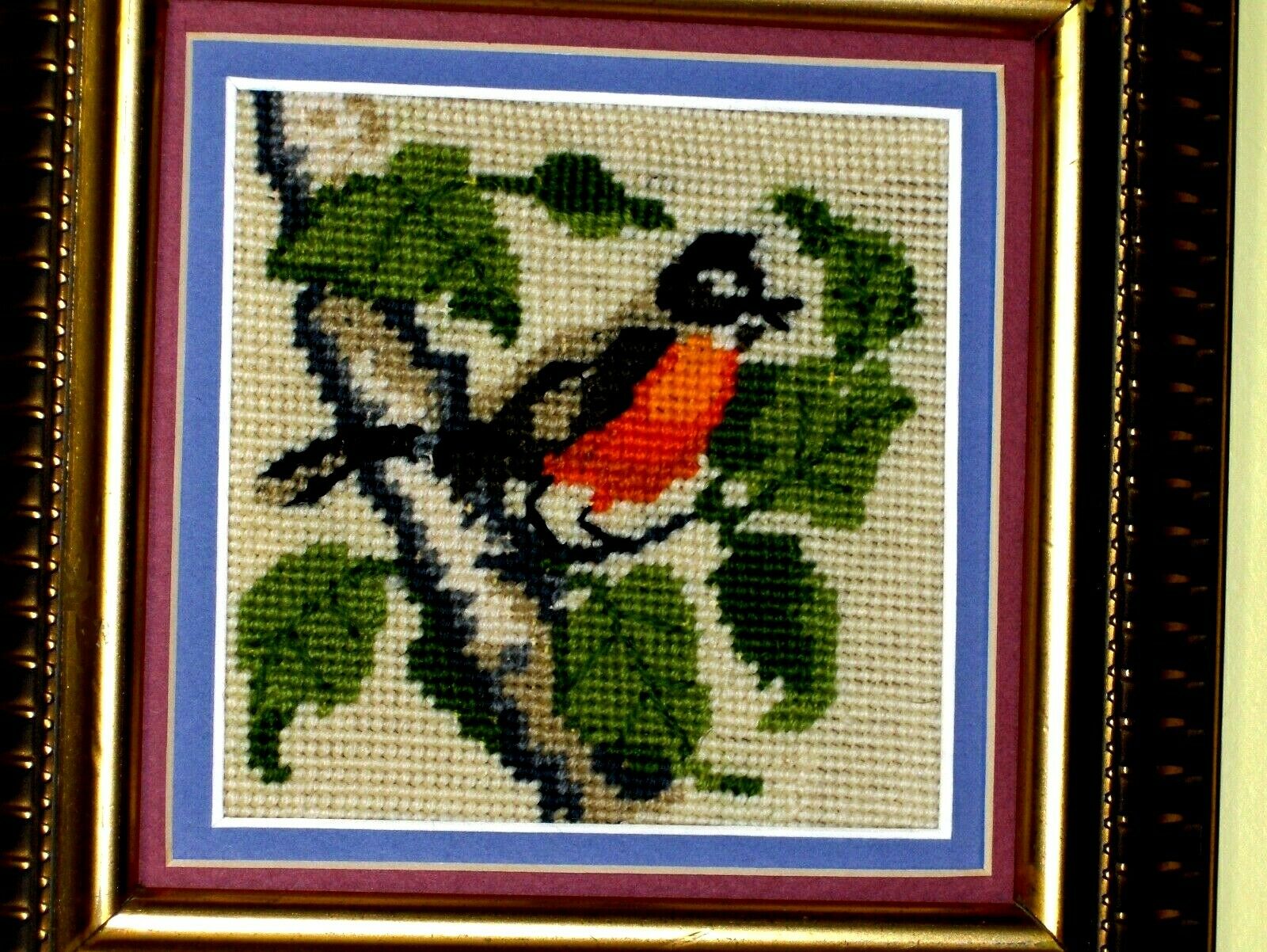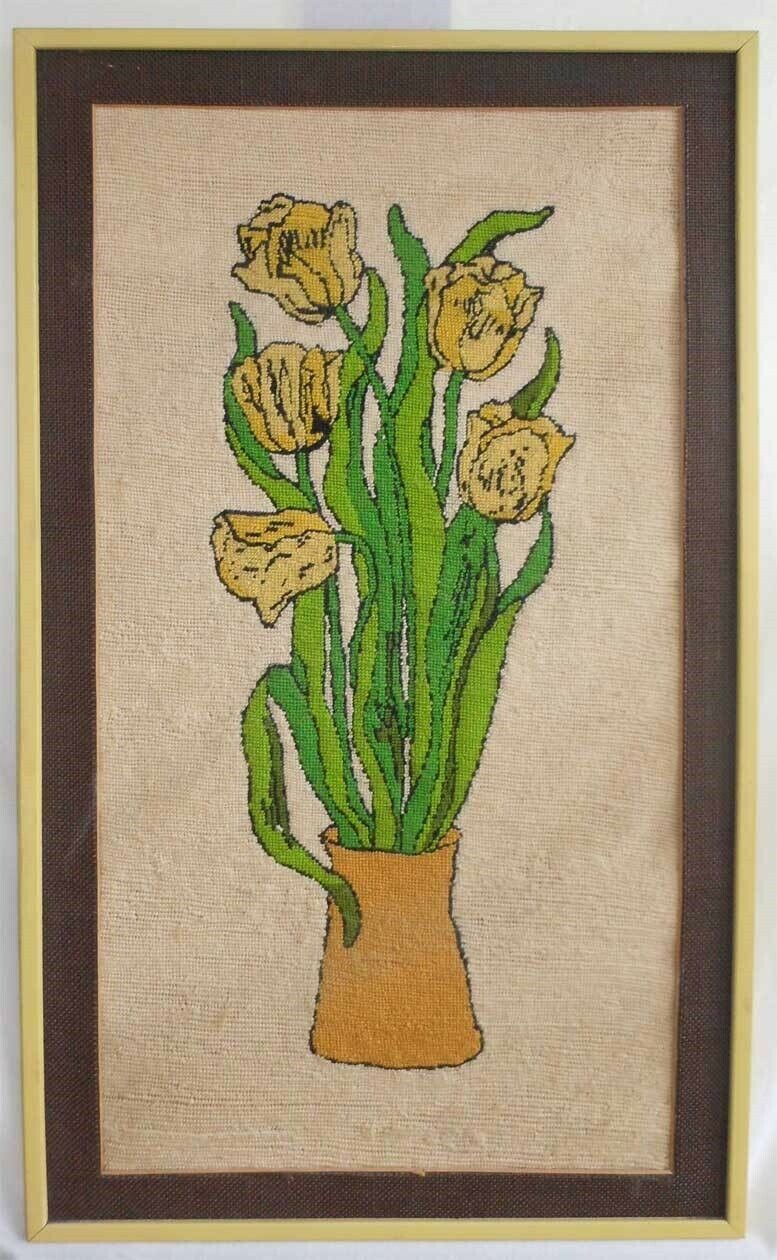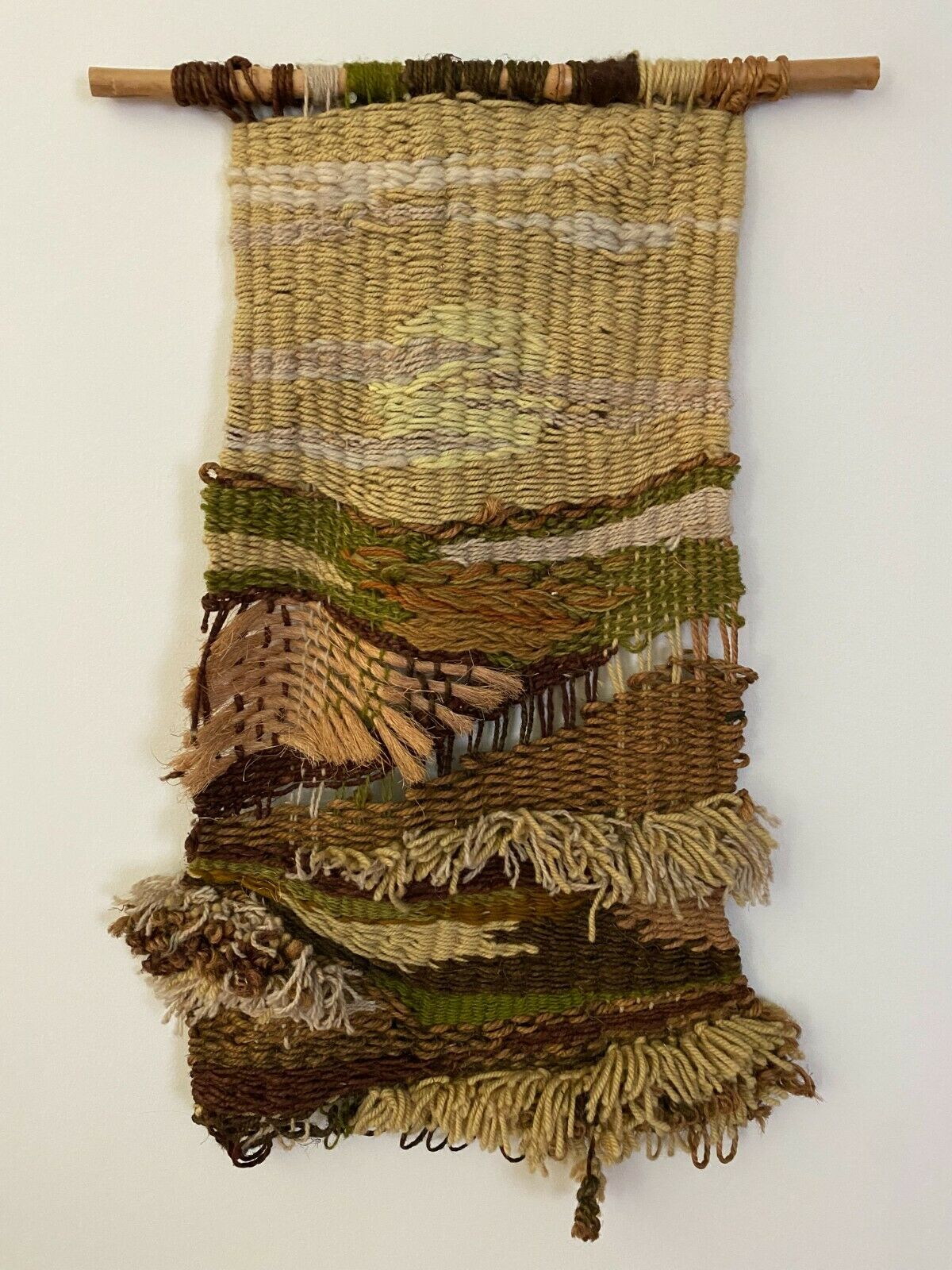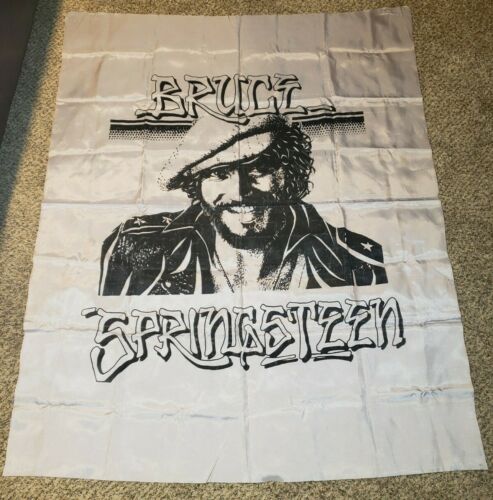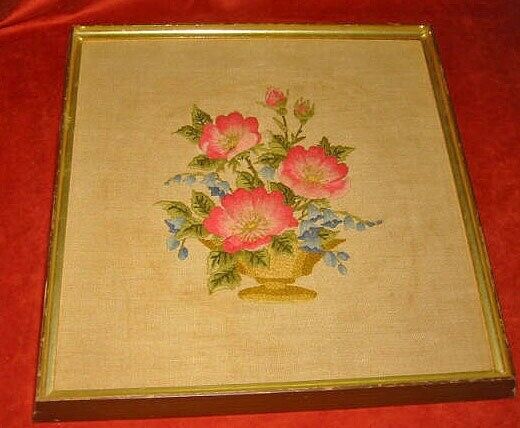-40%
Vintage 1978 JACK LENOR LARSEN Fabric: ROMA PILLOW, One Repeat, 35" x 54"
$ 18.48
- Description
- Size Guide
Description
This is one repeat of a fabric named Roma Pillow by Jack Lenor Larsen, made in 1978. We have 2 more repeats available if you are interested in a longer length of fabric: please contact us for details.The artwork depicts a selection of "rooftops" of Rome, Italy. From its name, we are guessing it was sold to make pillows out of it.
Larsen passed last December, after 93 years of a fruitful artistic life. A brief note about Larsen copied from Wikipedia and pasted below:
n a career starting in the 1950s, Larsen designed thousands of fabric patterns and textiles, many associated with the
modernist architecture
and furnishings popular with post-1945 American consumers.
[1]
[4]
One of his first commissions in 1951, was to design the curtains for the
Manhattan
glass skyscraper
Lever House
for which he designed a translucent linen and gold metal themed weave to go with the building's plain glass walls.
[2]
[1]
In 1952, he founded his own firm, Jack Lenor Larsen, Inc.
[3]
In 1951 the interior designer
Florence Knoll
turned down his textile designs as too "individualistic", but by 1953, she was commissioning olive-green- and orange-coloured Larsen textiles for furnishings. From the beginning, Larsen's distinctive hand-woven furnishing fabrics with random repeats in variegated, natural yarns were popular with clients such as
Marilyn Monroe
.
[1]
[3]
In 1958, he designed his first aeroplane upholstery, for
Pan American Airlines
.
[1]
His interest in international weaving and textile crafts made him familiar with techniques such as
ikat
and
batik
, which he introduced to the American public, and by 1974, Larsen's company was manufacturing fabrics in 30 countries.
[5]
In the late 1950s, Larsen launched a fashion label, 'JL Arbiter', which although successful, was short lived.
[6]
[7]
Larsen Incorporated merged with
Cowtan & Tout
, the American subsidiary of the London-based fabric company
Colefax and Fowler
, in July 1997.
[3]
In the 1960s, Larsen briefly ventured in designing garments including designing ties for American sculptor
Alexander Calder
, American composer
Leonard Bernstein
, and Chinese-American architect
I. M. Pei
. During this period, it is noted that American singer
Joan Baez
requested him to create custom clothing for her, which he turned down.
[2]
In 1968, Larsen designed the interiors and fabrics of
Braniff International Airways
innovative Terminal of the Future at the Dallas, Texas, carrier's Dallas Love Field hub. He also designed the textiles for use in the interior of Braniff's new Boeing 747 in 1970.
[8]
Some of his collaborators in the 1960s included American glass sculptor
Dale Chihuly
, whom he convinced to give up weaving glass and try blowing instead, and Estonian-American architect
Louis Kahn
with whom he designed hangings from
First Unitarian Church of Rochester
in
New York
.
[2]
His works are noted to have been inspired by his early life in the
Pacific Northwest
, with a focus on "moody, misty landscapes, and Asian cultural influences". He also brought in international influences into his work. He brought Indonesian dyeing techniques of
Ikat
and
Batik
to American audiences. His design of upholstery material Magnum in 1970, brought in Indian influences including the use of small mirrors. He would also go on to replicating the same design with a film of
mylar
along with his associate
Win Anderson
. He was also noted to have designed drapery that reduced the glare of modern glass buildings with a focus on retaining the architectural style and not disintegrating in heat and light. He also pioneered the use of
stretch nylon
that could be stretched over furniture, screen printing on velvet, and produced two sided textures and patterns on bath towels.
[2]
Larsen's works are preserved in the collections of major museums around the world, and he is one of only two design houses to have been the subject of an exhibition at the
Palais du Louvre
, when it hosted a one-man retrospective of his works in 1981.
[3]
[2]
In 1969, Larsen co-curated
Wall Hangings
, a textile and fiber art exhibit at the
Museum of Modern Art
in New York.
[9]
His textile exhibits are part of the permanent collections at the
Museum of Modern Art
in New York,
Art Institute of Chicago
,
Musée des Arts Décoratifs
at the
Louvre
in Paris, and the
Victoria and Albert Museum
in London. Some of the private collections of his works are at American architect
Frank Lloyd Wright
's house
Fallingwater
, and Finnish-American architect
Eero Saarinen
's
Miller house
.
[2]
He was a North American Advisor for the Lausanne Biennale.
[9]
He served as Vice President of
Haystack Mountain School of Crafts
,
[9]
and as of 2015 served as trustee and honorary chairman.
[10]
In 2015, he was awarded a fellowship of the
Textile Society of America
.
[10]
